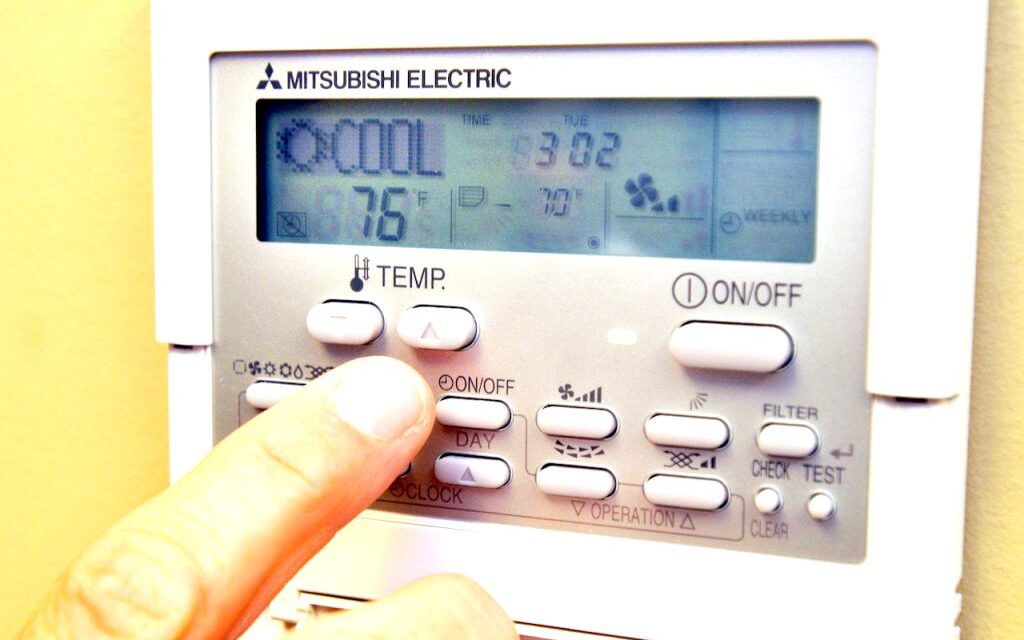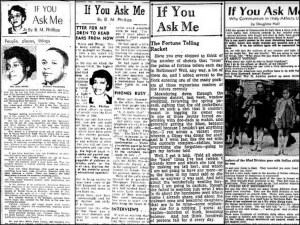By Heather Gann
As Alabama temperatures climbs going into the summer, so do residents’ power bills. But you may be wondering, who is paying the most to keep cool?
The most common answer across the state, Alabama Power customers. With 1.5 million houses under their service as of this year (according to an Alabama Power fact sheet), the company is the state’s foremost power provider.
At a rate of $0.124384 per kWh (kilowatt-hour) for the first 1000 kWh plus $0.126913 cents per kWh for anything over that, Alabama Power is also the most expensive power provider used in any of the state’s five largest cities.
Those cities (in order from largest to smallest by population) are Huntsville, Mobile, Montgomery, Birmingham, and Tuscaloosa, as The Birmingham News previously reported.
Mobile, Birmingham, Montgomery, and Tuscaloosa all exclusively use Alabama Power, although some cities close to them may use other providers. One of these providers, Prattville’s Central Alabama Electric Cooperative, does cost the average user around the same amount as Alabama Power.
According to the most recent study conducted by the U.S. Energy Information Administration, Alabama homes use around just under 14,000 kWh of electricity each year. That’s around 1,100 kWh each month on average.
With a monthly base charge of $14.50, the average Alabama Power user in Mobile, Birmingham, Montgomery, and Tuscaloosa pays around $180 each month for their bill. This amount also accounts for Rate Energy Cost Recovery (ECR), which is included in customer bills to cover fuel costs. According to Anthony Cook, communications principal with Alabama Power, the company does not make any profit off of ECR, which costs $0.03015 cents per kWh.
The average Huntsville Utilities user pays around $125 for the same amount of power. The company, which purchases power from the Tennessee Valley Authority (TVA), charges a $14.23 monthly base charge and $0.10078 per kWh for the first 1,400 kWh, according to their website. Anything over 1,400 kWh is $0.10914 per kWh.
Some power customers in the Birmingham metro cities of Bessemer and Tarrant also get their power from the TVA.
Representatives for these cities did not respond to requests for comment on why they purchase their power from a different provider.
Some customers near Montgomery have the option of Central Alabama Electric Cooperative, depending on their coverage area.
According to their website, Central Alabama Electric Cooperative charges a daily access charge of $1.94 per day. This equals around $58 a month as a base charge. Customers must also pay $0.01734 per kWh in addition to the base charge. So, the monthly bill for an average Central Alabama Electric Cooperative user would be around $184.
How do companies determine power rates?
Cook previously told AL.com’s William Thornton that the greatest factor in the amount of your power bill is the amount of electricity used.
This response came after customers took to social media to complain about high bills during the winter months earlier this year, which Cook attributed to increased heat usage.
The company last increased rates in 2022, and those rates went into effect in 2023, according to Cook. The company also refunded customers around $23 each last year after reporting it was above the allowed rate of return range by $62 million in 2022, Thornton wrote.
The company also offers some payment assistance programs during the summer months to help low-income customers. For more information visit https://www.alabamapower.com/residential/billing-and-payment-options/payment-assistance-programs.html. Cook also instructed customers to visit https://www.alabamapower.com/residential/residential-pricing-and-rate-plans.html if they have any questions about their rates.
The Huntsville Utilities website had the following to say about rates: “Decisions are based on what is best for our customers. We do not pay dividends to stockholders. Instead, we provide lower prices to our customers.”
Huntsville Utilities spokesperson Joe Gehrdes said he could not recall the company ever offering refunds. He contributed this to the company operating as a not-for-profit municipal utility that is regulated by the TVA instead of the Alabama Public Service Commission.
The Central Alabama Electric Cooperative website offers the following details on its rates: “At CEC, our rates are based on two main components – the actual cost of the wholesale power we buy from the company that generates electricity, and the cost for us to get that power to you.”
“The second component – the cost for us to get power to you – is all other operational costs, including the cost for poles and lines, the cost and maintenance of trucks and buildings, actual employee costs like wages and benefits, and the costs associated with maintaining records, like the printing and mailing of bills,” the site continues.
CEC’s website offers a value proposition for getting your power from an electric cooperative. “One of the biggest advantages of being served by a cooperative is we work only for you; we don’t have stockholders expecting a big quarterly dividend,” it reads. “We are a not-for-profit enterprise, which means we’re working only to provide you with economical, reliable service. Any money collected in excess of required funds is allocated back to each member account as patronage capital. Patronage capital, or capital credits as they are often called, represents your investment in the cooperative and all its assets.”
CEC spokesperson Nagea Littleton told The Birmingham News last week more than $21 million has been returned to members over the last 29 years.











